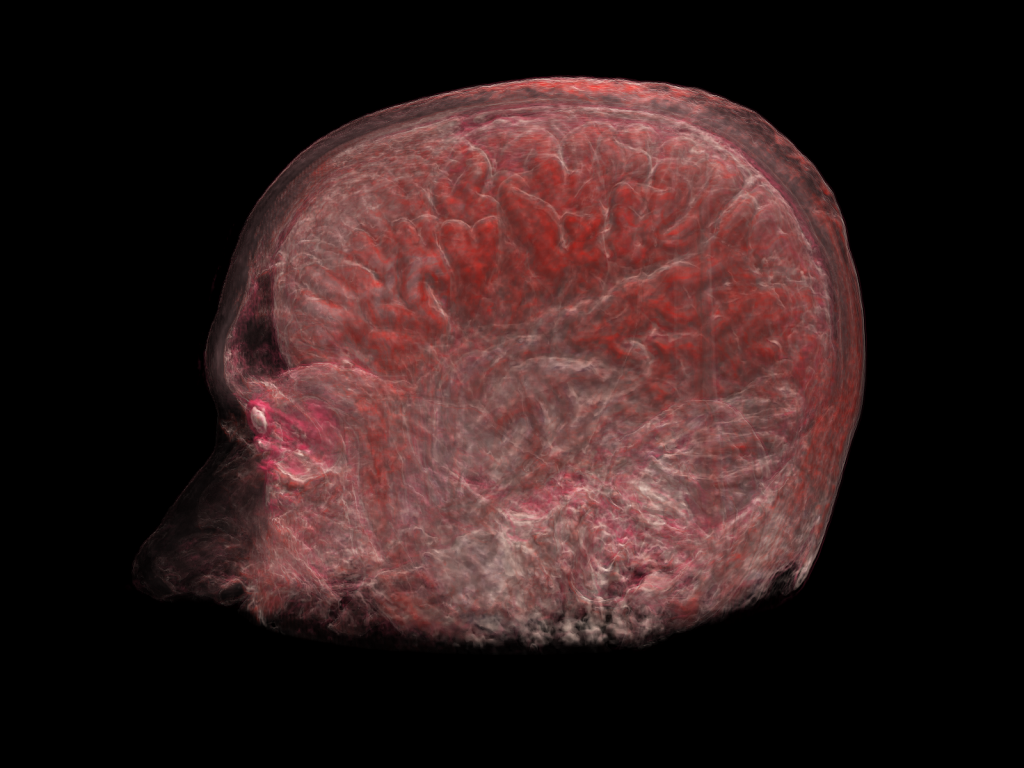
The Best Exercise For Peripheral Artery Disease
For all your adult life you’ve been on the move; you’ve been balancing a career, a home, maybe a family, and enjoying many of the adventures that come along with growing older. Then one day, you start to experience increasing amounts of burning, cramping and pain in one or both of your lower legs.
Exercise and regular physical activity are part of the foundation for treating PAD
At first this these symptoms might be a minor inconvenience, a uncomfortable side effect of “being out of shape” or “too much time spent on your feet” or even an old sports injury. But as time passes these symptoms become worse to the point where walking a block or two becomes extremely painful and cutting the grass impossible. These symptoms may be due to an extremely painful and debilitating disease called peripheral artery disease, or PAD.
Signs and Symptoms
According to the Centers for Disease Control and Prevention approximately 8 million people in the United States have PAD. Common signs and symptoms of PAD may include painful muscle cramping in the hips, thighs and calves when walking. This pain and cramping is called “intermittent claudication,” and is due to the decrease in blood flow to exercising muscles. It typically stops with rest. Other symptoms may include hair loss in the affected limb, smooth shiny skin, skin that is cool to the touch, decreased or absent pulses in the affected leg or legs, cold or numb toes and possible difficulty healing sores or ulcers.
PAD is very similar to coronary artery disease in that the blockage is most often due to atherosclerosis. Atherosclerosis is the buildup of plaque inside the artery, which either partially or totally interrupts blood flow.
Risk Factors Associated With PAD
- Smoking
- Obesity
- Diabetes
- High Blood Pressure
- High Cholesterol
- Lack Of Exercise
* These are some of the same risk factors related to the development of heart disease.
Diagnosing PAD
The current methods of diagnosing PAD can be quick, simple and painless. Just talk with your physician about any symptoms you may be having and inquire about PAD.
- Tests may include:
- Ankle-brachial index (ABI)
- Doppler and Ultrasound (Duplex) imaging
- Pulse Volume Recording (PVR)
- Computed Tomographic Angiography (CT)
- Magnetic Resonance Angiography (MRA)
- Angiography
Exercise As Treatment For PAD
Exercise and regular physical activity are part of the foundation for treating PAD. You may want to talk with your physician about participating in a supervised cardiac rehab program such as the Ornish Lifestyle Medicine program (Intensive Cardiac Rehab) where they will tailor an exercise program to meet your personal needs. The Ornish Lifestyle Medicine Program not only includes personalized exercise but optimal nutrition, stress management, and group support. By combining all four of these elements, the Ornish Lifestyle Medicine has been shown to stop and even reverse heart disease. It treats the underlying causes of heart disease, which are the same culprits causing PAD.
Interval Walking
The typical exercise routine might include walking either outdoors or on a treadmill. If you have symptoms of PAD brought on by exercise, you simply walk until your pain stops you. You then take a break to allow the pain to subside and begin to walk again. There is no strict time limit on the length of these intervals. The length of your workout should be based on how you feel and the pain or discomfort you experience. You might repeat this five, ten or even fifteen times during your workout.
While this type of training can be painful, the goal is to both improve your fitness, improve your tolerance to the discomfort and decrease your risk factors for PAD such as high blood pressure and cholesterol, both of which exercise may help.
The similarities between PAD and coronary artery disease (CAD) are numerous. So it stands to reason that same exercise recommendations for CAD can also benefit PAD and its causes. In the case of PAD a little exercise can go a long way at improving your quality of life and decreasing its symptoms.
For more information, here is a helpful tool kit written by Dr. Marjorie King, who is nationally known in cardiac rehab. It offers exercise advice as well as other resources for those who suffer from CAD.
What kind of exercise has helped your PAD symptoms?








